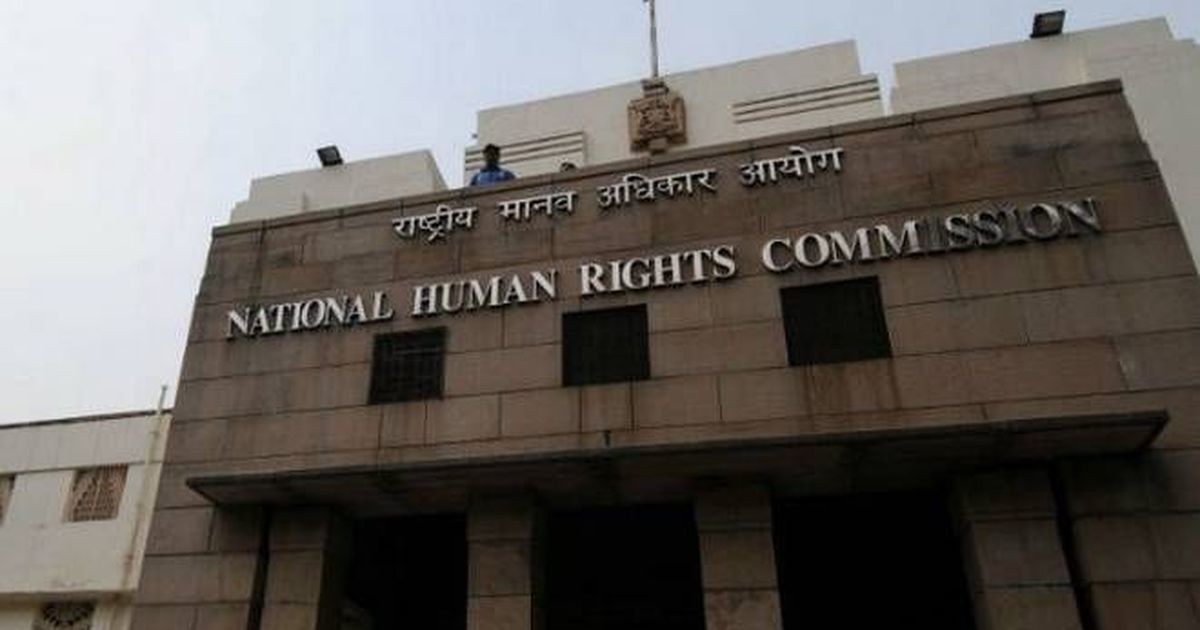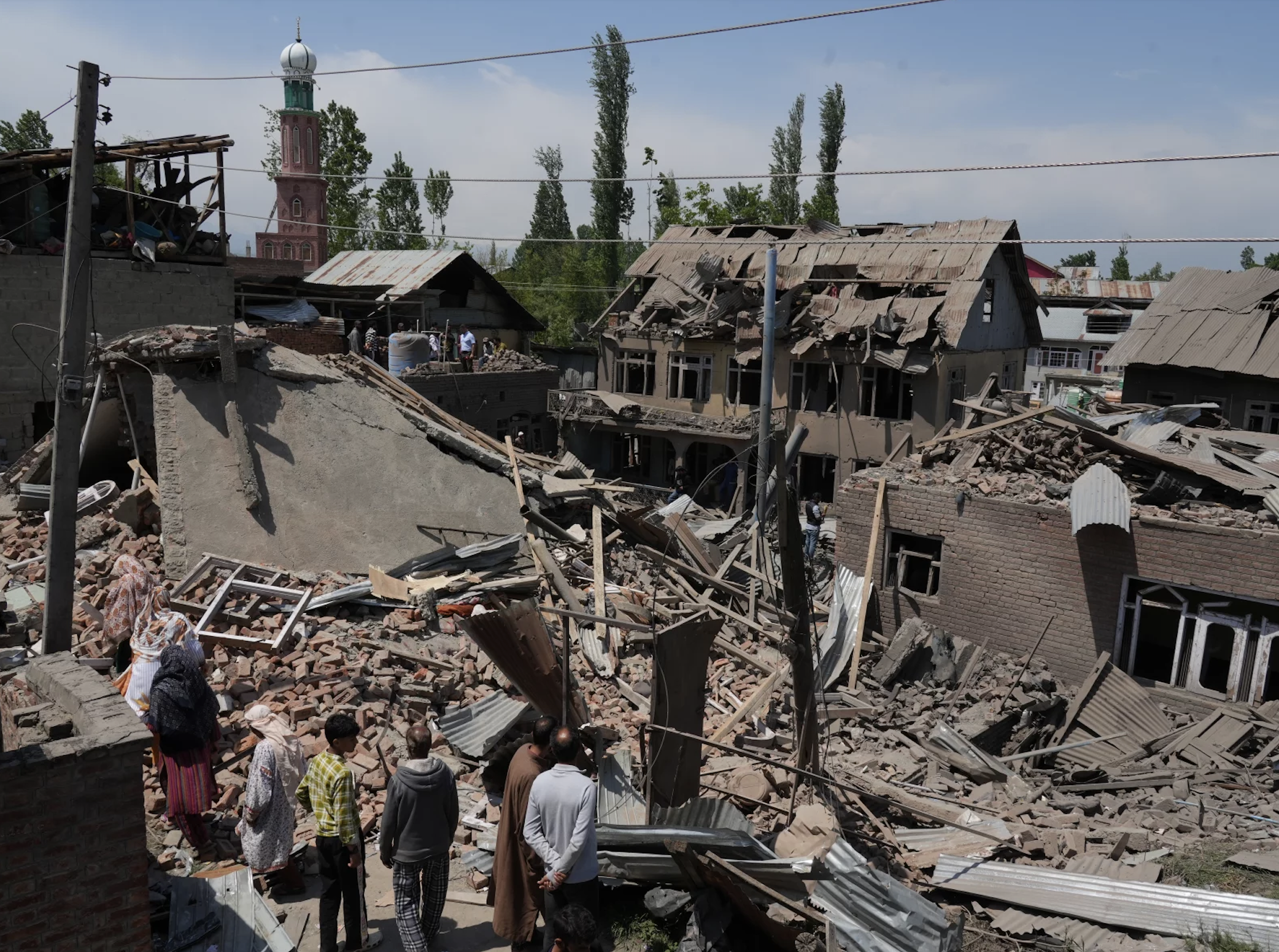
For Indian politicians, it is time again for temple runs as five crucial states, including the largest, Uttar Pradesh in the north, prepare to go to the polls in the first quarter of 2022.
And besides making a public display of offering flowers and milk to a plethora of gods, the usual election talk to polarize the electorate into majority Hindus and minority Muslims will carry on full steam in the coming months.
The Taliban takeover of Afghanistan in August is proving handy for the ruling Bharatiya Janata Party (BJP) and the pro-Hindu outfits aligned with it while warning voters to resist any attempts to Talibanize India.
Such rhetoric and the resulting public mood suit Prime Minister Narendra Modi’s BJP, which has high stakes in these provincial elections. It rules all but one of the five states.
The northern state of Punjab is the only state ruled by Congress, the main opposition party. The repeal of three farm laws in November in the face of sustained agitation by Punjab’s farmers was an unusual retreat by the Modi regime known for its macho-Hindu politics.
The BJP could also face some tough challenges in retaining power in Uttar Pradesh, as it may in Uttarakhand in the north, Goa in the west and Manipur in the northeast, where it rules in alliance with regional parties.
The rhetoric about Akhand Bharat is not unexpected. It keeps voters engaged in past issues that benefit the Hindu right
The election talk in recent weeks has veered toward the old enemy Pakistan. Federal and provincial ministers of the BJP have been emphasizing the need to fight Muslim-majority Pakistan in a more aggressive manner and wrest back areas held by it.
There’s also talk of reclaiming the mosques in the ancient towns of Varanasi and Mathura by claiming they were built on Hindu temple sites, the same way the demolished Babri Masjid was in Ayodhya.
To top it all, no less than Mohan Bhagwat, the chief of Rashtriya Swayamsevak Sangh (RSS), the parent organization of Hindu nationalists, spoke about reviving Akhand Bharat or undivided India from the mythical past.
A geographically larger India that posits a number of modern-day South Asian nations like Pakistan, Afghanistan, Bangladesh, Nepal, Bhutan, Tibet, Sri Lanka and Myanmar as one nation may appear wishful thinking, but it does serve the purpose of uniting the majority Hindu electorate in modern India.
This story first appeared on ucanews.com





